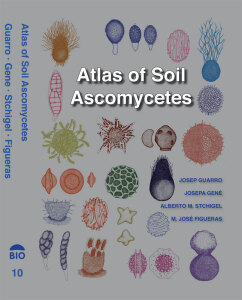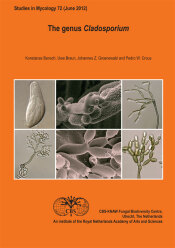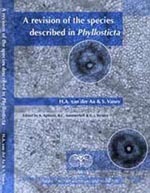CBS Biodiversity Series 10 (2012)-J. Guarro, J Gene, A.M. Stchigel and M.J. Figueras
€79.60 included CZ VAT
€79.60 without VAT
Atlas of Soil Ascomycetes
|
Country | % VAT (books) | % VAT | |
|---|---|---|---|
| DEU | 7 | 19 | |
| HUN | 5 | 27 | |
| AUT | 10 | 20 | |
| BEL | 6 | 21 | |
| BGR | 9 | 20 | |
| DNK | 25 | 25 | |
| EST | 9 | 20 | |
| FIN | 10 | 24 | |
| FRA | 5,5 | 20 | |
| HRV | 5 | 25 | |
| IRL | 0 | 23 | |
| ITA | 4 | 22 | |
| CYP | 5 | 19 | |
| LTU | 9 | 21 | |
| LVA | 5 | 21 | |
| LUX | 3 | 16 | |
| MLT | 5 | 18 | |
| NLD | 9 | 21 | |
| POL | 5 | 23 | |
| PRT | 6 | 23 | |
| ROU | 5 | 19 | |
| GRC | 6 | 24 | |
| SVK | 10 | 20 | |
| SVN | 5 | 22 | |
| ESP | 7 | 21 | |
| SWE | 6 |
25 |
The price is valid for Czech customers only. Due to a new regulation of the European Parliament the final price must be calculated according to the country of final destination starting from 1st July 2021. Please take a look at the chart above for valid VAT rate in your country.
https://ec.europa.eu/taxation_customs
Warranty (months) 24
Store in stock
This compendium includes almost all presently known species of ascomycetes that have been reported in soil and which sporulate in culture. They constitute a very broad spectrum of genera belonging to very diverse orders, but mainly to the Onygenales, Sordariales, Eurotiales, Thelebolales, Pezizales, Melanosporales, Pleosporales, Xylariales, Coniochaetales and Microascales. The goal of this book is to provide sufficient data for users to recognise and identify these species. It includes the description of 146 genera and 698 species. For each genus a dichotomous key to facilitate species identification is provided and for each genus and species the salient morphological features are described. These descriptions are accompanied by line drawings illustrating the most representative structures. Light micrographs, supplemented by scanning electron micrographs and Nomarski interference contrast micrographs of most of the species treated in the book are also included. In addition, numerous species not found in soil but related to those included in this book are referenced or described. This book will be of value not only to soil microbiologists and plant pathologists concerned with the soilborne fungi and diseases, but also to anyone interested in identifying fungi in general, because many of the genera included here are not confined to soil. Since most of the fungi of biotechnological or clinical interest (dermatophytes, dimorphic fungi and opportunists) are soil-borne ascomycetes, the content of this book is of interest for a wide range of scientists.

 english
english



